There are not many simple rules in sales leadership that you can ALWAYS rely on. Here’s one of them… Great sales leaders know how to consistently find, select and hire top 20% sales candidates. It’ simple, great teams are made of great people! I know I’ve tried to build something big and got stuck before I could take off because of my poor hiring practices. Honestly, I was a bit naive. The scary part is that you can have all the other attributes to be a great leader, but if you miss it here you can’t really make up for it. Hiring well is the fastest track to a relatively stress-free management life that makes you look great in the meanwhile. I remember the new sense of controlling my destiny, in a very chaotic environment. It was just what I needed to get where I was trying to go.
Think about this quote, what could this mean to your business? I will personally vouch for this; I’ve seen this kind of result over and over again.
“The top 20% of sales people produce 120% more than average, the top 4% produce 250% more than average.”
-Geoff Smart, Topgrading
I’ve seen a top 4% performer come in and change everything by showing what can be done. You don’t get those folks all the time, but when you do, it’s a total game changer… The team is lifted, new standards are set, and the future truly does take on a new perspective.
Here’s the rub on sales recruiting without a strategy and a process in place. Today nearly 60% of 1 million salespeople recently surveyed are under quota, failing in their role, unhappy with their job and costing their organizations substantially. These represent most of the sales candidates that are in the market looking for a new job. No wonder it is so easy to make a bad sales hire. A big part of the puzzle is to avoid letting underperforming candidates enter your interview pool. I have numbers that suggest you will become 368% better just by doing this!
Remember there are just 2 types of candidates out there:
- Those who have the right sales DNA, motivation and right fit sales experience for your role; and
- Those who do not.
The top 20% have the right sales DNA to execute well in a live selling environment when the pressure is on to do the right things. Secondly, they have the motivation to do some of the less glamorous and difficult things required to be successful (prospecting comes to mind here) and must have the selling competencies required to execute. Here are some of those required competencies:
- The ability to ask tough penetrating questions, without fear of hearing the word ‘no”;
- The ability to control emotions in a difficult moment;
- Money perception (can they sell multimillion dollar deals and not sell on price);
- Rejection strength;
- Positive outlook;
- Lack of excuse-making when obstacles present themselves (and they will); and
- Commitment to doing the hard things.
These are a few of the selling competencies that separate those who are the best (top 20%) from those who are not.
It can be difficult to measure some of these things in an interview process because many of these high performing selling traits are hidden from view. Here’s the big trick… having a strategy, a process, and the tools to uncover these hidden success traits, before you hire them! If you’re interested, here’s a 5-minute read on hidden weakness and sales DNA, take a look here. It’s eye-opening!
Consistently recruiting top talent is an art and a science and most importantly it’s easy to learn and immediately actionable.
Until next time, stay shrewd my friends.
Best,
JJ



